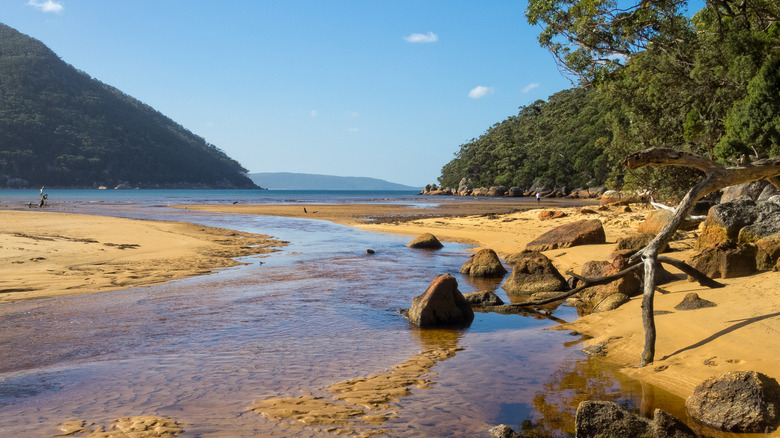Sweet-smelling fungi at centre of Australia's mushroom murders
SYDNEY -
Patterson was found guilty of killing her husband's parents and aunt in 2023 -- and attempting to kill a fourth guest -- by lacing their beef Wellington lunch with highly toxic death cap mushrooms.
The 50-year-old denied the accusations, saying the hearty meal was contaminated by accident.
Throughout a headline-grabbing trial spanning more than two months, experts have dissected the brown-and-white fungi in forensic detail.
Death caps -- or Amanita phalloides -- are responsible for around 90 percent of all fungus-related fatalities, making them the deadliest mushrooms in the world.
The brown-and-white sporing bodies are easily mistaken for other edible varieties, and reportedly possess a pleasant taste when used in cooking.
But they are saturated with deadly chemicals known as amatoxins, toxicologist Dimitri Gerostamoulos told Patterson's trial.
"They can lead to someone experiencing symptoms of diarrhoea, vomiting, feeling really unwell," Gerostamoulos told the jury.
"And they progressively get worse if the toxins are not removed.
"They progress to tissue necrosis, organ failure and can obviously lead to death if not treated appropriately."
Three of Patterson's guests died of organ failure a week after unknowingly eating death cap mushrooms baked into individual portions of beef Wellington.
"It was very apparent that this was not survivable," intensive care specialist Stephen Warrillow told the jury.
A fourth guest fell gravely ill but survived after weeks in hospital.
Death cap mushrooms are native to Europe but have spread to the United States, Australia and New Zealand, fungi expert Tom May said during Patterson's trial.
He said the mushrooms had a "slightly sweet" odour when fresh.
"In Australia, it is an exotic species and it was accidentally introduced," May said in his testimony.
They sprout during warm and wet autumn weather and are typically found growing in the shade of oak trees.
"From time to time, every year usually under suitable conditions, it produces a sporing body, which is the mushroom that we see," May said.
"They're quite fleshy and they decay quite readily, so they would not last longer than a couple of weeks when they're sitting in the field."
Patterson will be sentenced at a later date.
You may also like...
Diddy's Legal Troubles & Racketeering Trial

Music mogul Sean 'Diddy' Combs was acquitted of sex trafficking and racketeering charges but convicted on transportation...
Thomas Partey Faces Rape & Sexual Assault Charges

Former Arsenal midfielder Thomas Partey has been formally charged with multiple counts of rape and sexual assault by UK ...
Nigeria Universities Changes Admission Policies

JAMB has clarified its admission policies, rectifying a student's status, reiterating the necessity of its Central Admis...
Ghana's Economic Reforms & Gold Sector Initiatives

Ghana is undertaking a comprehensive economic overhaul with President John Dramani Mahama's 24-Hour Economy and Accelera...
WAFCON 2024 African Women's Football Tournament

The 2024 Women's Africa Cup of Nations opened with thrilling matches, seeing Nigeria's Super Falcons secure a dominant 3...
Emergence & Dynamics of Nigeria's ADC Coalition

A new opposition coalition, led by the African Democratic Congress (ADC), is emerging to challenge President Bola Ahmed ...
Demise of Olubadan of Ibadanland
Oba Owolabi Olakulehin, the 43rd Olubadan of Ibadanland, has died at 90, concluding a life of distinguished service in t...
Death of Nigerian Goalkeeping Legend Peter Rufai

Nigerian football mourns the death of legendary Super Eagles goalkeeper Peter Rufai, who passed away at 61. Known as 'Do...




